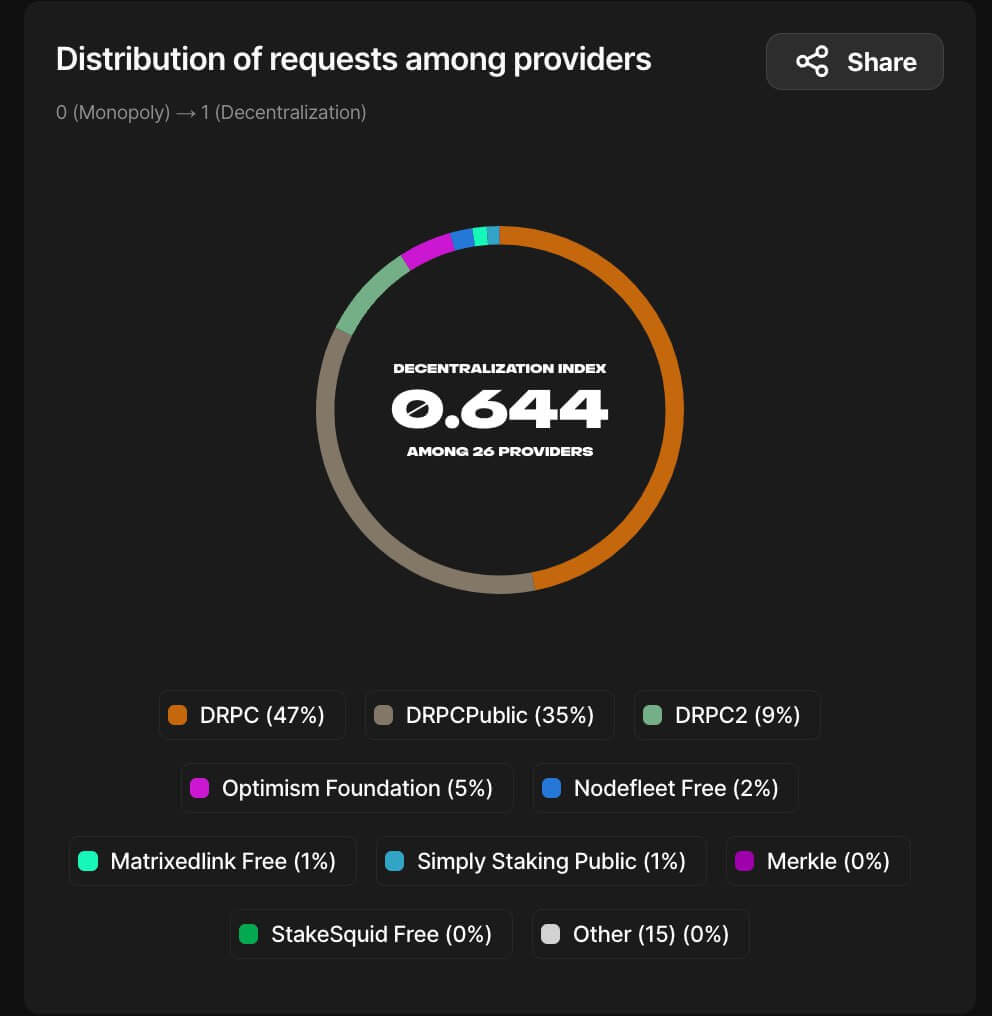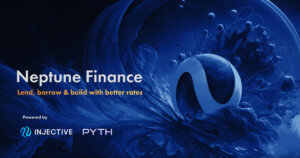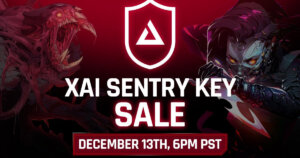 How dRPC tackles censorship in web3 infrastructure
How dRPC tackles censorship in web3 infrastructure The rapid growth of Web3 and the blockchain ecosystem has highlighted the need for reliable and decentralized infrastructure solutions. At the forefront of this endeavor is DRPC, a company dedicated to addressing the centralization challenges within the Blockchain API space.
In a recent episode of SlateCast, Viacheslav Shebanov, Chief Technology Officer at dRPC, shared his insights on the company’s different approaches to decentralizing RPCs and fostering a more resilient Web3 ecosystem.
Understanding RPCs and the Centralization Dilemma
Blockchain APIs are the critical link between blockchain applications and the underlying blockchain networks. However, as Viacheslav explained, the current RPC market is dominated by centralized providers, introducing potential risks of censorship and single points of failure. Viacheslav stated:
“The problem is that currently, the top three companies in the space are centralized – this is typical web2 software service company and it’s not decentralized in any way.”
dRPC’s Hybrid Approach: Balancing Decentralization and Efficiency
dRPC’s solution is an innovative hybrid approach that balances decentralization and performance. Viacheslav described their model as a “toy model of a decentralized provider,” comprising two key components:
- Permissioned Pool of Node Providers: dRPC collaborates with a pool of third-party companies specialized in running blockchain nodes. This permissioned pool allows for decentralization while ensuring quality and reliability.
- Proxy Solution: dRPC operates a proxy solution that distributes requests to the node providers, optimizing for latency, error handling, and other performance metrics.
Viacheslav explained:
“We have a pool of third-party companies. They are all small to medium companies that focus on blockchain infrastructure. And they are proficient in running nodes.”
Addressing Regulatory Challenges and Censorship Concerns
One of the critical issues facing the Web3 ecosystem is the potential for censorship and regulatory oversight across different jurisdictions. Shebanov acknowledged this challenge and outlined dRPC’s approach to mitigating these risks. Viacheslav stated:
“The only thing we can do is distribute the responsibility. So right now, when every RPC provider chooses for themselves, like, do we want to censor something or do we want to be non-compliant?”
dRPC aims to distribute responsibility among its node providers, allowing each provider to decide their stance on censorship and compliance based on their geographical location and regulatory environment.
Roadmap to Decentralization: Permissionless Gateways and Beyond
While dRPC’s current model represents a step towards decentralization, the company has ambitious plans to further distribute control and decision-making. Viacheslav outlined a three-tier system comprising node providers, gateways, and frontends to enable anyone to run a gateway and connect directly to the decentralized RPC protocol. Viacheslav envisions:
“In this 3-tier system, a centralized provider like Infura could end just focusing on front-end activities with a loyal user base, and move their physical infrastructure operations to decentralized node providers and gateways.”
dRPC’s innovative approach to decentralizing RPCs holds the potential to reshape the Web3 infrastructure landscape. By fostering a community of independent node providers and enabling the deployment of decentralized gateways, dRPC aims to mitigate censorship risks, enhance resilience, and empower a more open and transparent ecosystem.
As the Web3 space continues to evolve, solutions like dRPC’s will play a pivotal role in realizing the true potential of its value to create a censorship-resistance web3.
For more information on dRPC, please see Viacheslav’s presentation at ETHDenver here.

To test the real power of a truly decentralized blockchain API management like in the image from the analytics dashboard, head out to dRPC.org and open a freemium account, or join the sponsorship program to test out their premium RPC nodes.
Episode Hosts
Also known as “Akiba,” Liam Wright is a reporter, podcast producer, and Editor-in-Chief at CryptoSlate.
Nate Whitehill, a technology entrepreneur with nearly two decades of experience developing web applications, plunged into digital assets upon discovering Bitcoin in 2015.



 Ro Khanna
Ro Khanna 

































































 Liam Wright
Liam Wright  Nate Whitehill
Nate Whitehill 


